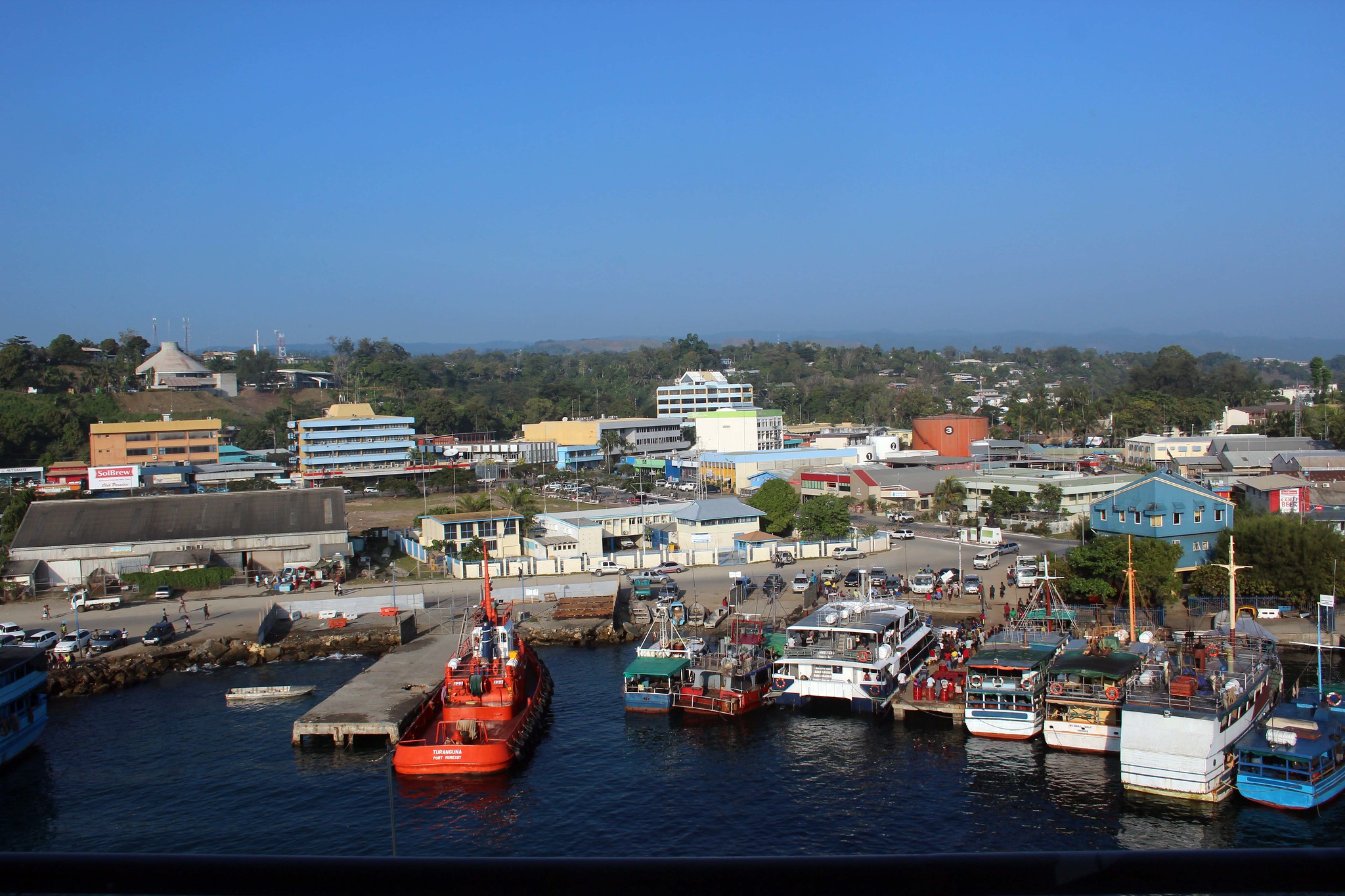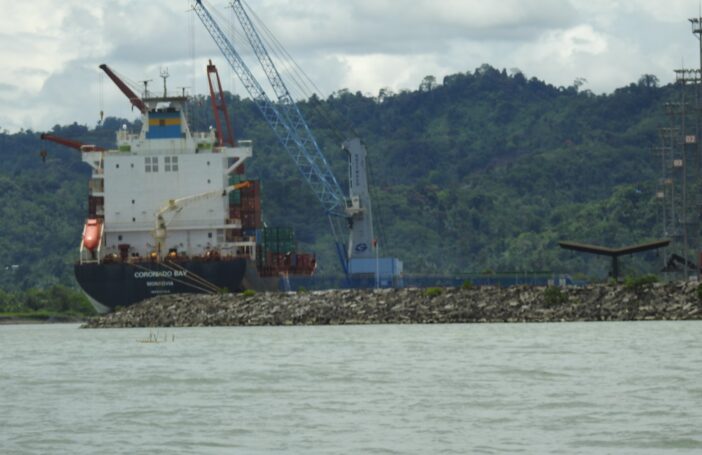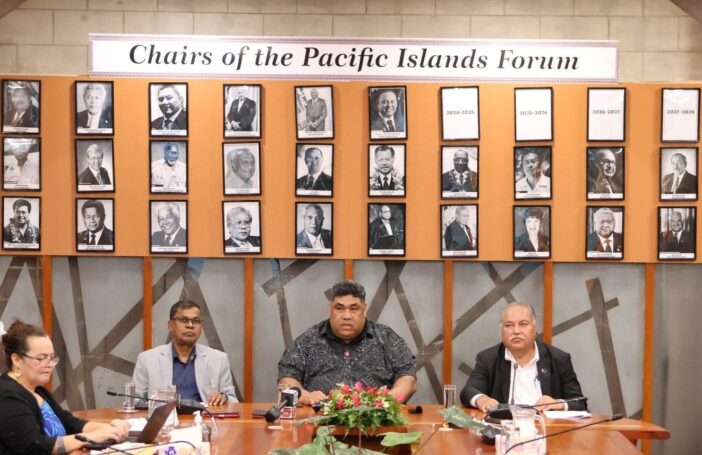I have recently finished leading the Australian aid-funded Solomon Islands Resource Facility (SIRF). When I started on SIRF back in 2015, I was somewhat of a facility cynic. In my experience, facilities were expected to be all things to all people and I was doubtful as to what they could actually deliver. After three years on SIRF, I am more of a facility-realist than a cynic and have a better understanding of the pros and cons of the facility model.
SIRF provides operational and logistical support to up to 70 advisers for the DFAT post and the Solomon Islands government. This facility model is what DFAT considers an ‘enabling facility’, in that SIRF’s support enables DFAT to engage strategically with the Solomon Islands government. In its third phase, Cardno has managed SIRF on behalf of the Australian government since 2015. I took on the role as I wanted to see if I could improve SIRF beyond just an old-school facility ‘body shop’, into a body shop with a brain which could add development value to the flexible aid it delivered.
A facility is an aid implementing choice, a choice made on the premise that it offers value for money and flexibility for the specific investment. Flexibility is as important for facilities as it is for any other aid investment. The problem with flexibility, however, is that it is amorphous and can be hard to achieve.
How did we achieve flexibility on SIRF?
SIRF’s flexibility, and the innovations this allowed us, were enabled by high-quality corporate structures and programming support. Sound invisible management is fundamental, and I highly value it. I find this is often overlooked in development for sexier technical aspects. For me, mutual respect between the corporate operational teams and technical teams fosters higher levels of collaboration and overall effectiveness. Given their scale, this is particularly important for facilities.
Based on my experience on SIRF, if I could distill what is needed to create the conditions necessary for flexibility, it would be this: ensure that the corporate and contractual enabling environment is there; hire and grow people who think and work in a flexible problem-solving way; and invest in fit-for-purpose systems and processes that support this way of working.
Corporate and contractual enabling environment
Corporate and contractual structures are fundamental to creating the enabling environment needed to manage flexibility. The contract needs to reflect the tone and quality of what the program is trying to implement. If flexibility is a feature of a facility or program, then the mechanisms to be flexible must be built into the contract.
Flexibility doesn’t equate to ambiguity. Contracts need to be clear on where flexibility is available, how its use will be governed, and by whom. Clear functional governance mechanisms, good quality relationships, trust, specificity on fundamental policies, and flexibility around workforce, procurement and budget are the elements needed to create a flexible enabling environment.
By contrast, contracts that focus on the micro-level, and which are punitive, make it difficult to deliver flexibility, as they drive management incentives back towards a focus on outputs rather than outcomes. Good implementing partners who understand this will provide the right corporate enabling environment, including devolving operational resourcing and delegating to the country-level facility team.
Getting the right people on the bus
For me, diversity of people, ideas and skills creates a dynamic team able to think and solve problems in a flexible way. We actively looked for international advisers who could demonstrate their commitment to the Solomon Islands and share the values and attributes necessary for the program. We targeted Pacific regional expertise and invested in our local team, many of whom we were lucky enough to inherit from the first phase of the program.
Solomon Islands has a small population, roughly 600,000, which means that while there are excellent people available in the workforce, the recruitment pool is much smaller than some of its larger neighbours. With this in mind, we actively looked to hire and retain local staff. We developed a talent pipeline for the local workforce, designed to develop management skills, and worked with people systematically to develop their formal and informal skills. In this way, we developed career paths for individuals focused on transitioning them into management, and not always within the facility – for some it was to go into senior management roles in the public or private sector, for others it was to open a business.
The other side of retaining good people is of course being able to adjust direction when particular skills are no longer needed. The flexibility to reassess a team goes back to the enabling environment.
Investing in fit-for-purpose systems and processes
Systems and processes need to be robust, flexible and fit-for-purpose. For example, it is not possible to mobilise people quickly on a facility if the systems (procurement, financing, contracting) are not designed to allow this.
Engaging and building strong local managers and team members is key to being truly scalable and flexible, as they often are the holders of corporate knowledge. Our local team on SIRF were our institutional memory. They understood the systems, owned them, and were encouraged to improve them. They would train international staff coming into new roles and are some of the best mentors and trainers I have seen.
Because of SIRF’s ability to track information and collect data across all programs, I and other technical leads were able to see gender trends and identify barriers to the equal participation of women on SIRF programs. We addressed this by developing a gender equity strategy and scorecard and changing our recruitment processes to improve the gender balance of staff and technical advisers. SIRF’s centralised management systems allowed us to do this seamlessly and quickly, rather than having to update systems for each individual program. As a result, by the end of 2018 SIRF achieved gender parity within its teams.
Having centralised management systems also made it possible to pick up synergies and pursue efficiencies across programs that have strong connections, like justice, governance and policing. In these cases, it was possible to share common resources such as monitoring and evaluation, communications, and gender equality and social inclusion, rather than having them siloed.
Flexibility can’t happen on its own
It’s not enough to build flexibility into a design if the contract and support mechanisms are not there to enable it; flexibility doesn’t happen academically. SIRF used a partnership-brokering model to support the relationship and quality communication required for flexibility — every six months we held partnership health checks.
This was a big investment of time and resources, but early on we identified from previous facilities that maintaining the enabling environment between the facility, programs and DFAT was key to success and worth investing in.
The ability of facilities and other programs to be agile is strengthened if we build flexibility in as a structured feature at all levels, rather than view it as a desired outcome. And for this, we need to pay greater attention to, and appreciate, corporate programming support. It may boring, but it is critical.
I don’t believe in championing any specific aid implementing model. Experience has taught me that it’s about choosing the most effective model for what we are trying to achieve, which in certain circumstances will mean a facility model. Flexibility is important for all aid investments as it’s a means to an end; we seek flexibility in how we implement so that we can rapidly respond to the shifting contextual and political environments in which we ‘do development’. This is, I believe, the only way we can support complex political and social change.
I would be interested in the experience of how others achieve flexibility in aid investments, including facilities. What are your thoughts?






Invisible management is an apt term. As a half Solomon Islander and half Australian running a social enterprise agribusiness in the Solomons since 2015 I never come across the SIRF.
I wonder whether facilities are too far away from the eventual customers of an aid program – citizens and if the concept of a facility perpetuates the insular bubble and donor interests of foreign aid.
Hi Brian, you make a good and important point, no one working in development should forget about who it is we work to support. Some things to consider, SIRF employed a large number of Solomon Islanders including as senior managers and program experts who led day to day work and knew a lot about their country. The facility was required to take a back seat in its profile, ensuring that the relationship was between Australia and the Solomon Islands. The facilities profile was intentionally very low so as to not distract from that relationship and dialogue
Hi Erin,
Congratulations on putting this great piece base on your experience in the Solomon Islands. So true about what is needed to create conditions for flexibility. Would be good to see more programs supporting complex social and political change using flexible approaches to drive real change. Love this article.
Thank you
Fremy
Congratulations on a great piece.
Having worked at Rove Prison as an Advisor it is an absolute pleasure to read any good news stories coming from this amazing area.
Thank you
Hi Erin
This is a great piece – really clearly outlines the ‘unsexy’ but critical elements of what it takes to support adaptive, locally-led development – the only kind that works! I love your emphasis on ‘invisible’ effective program management support and the all important trust factor. Thanks so much sharing – Anna